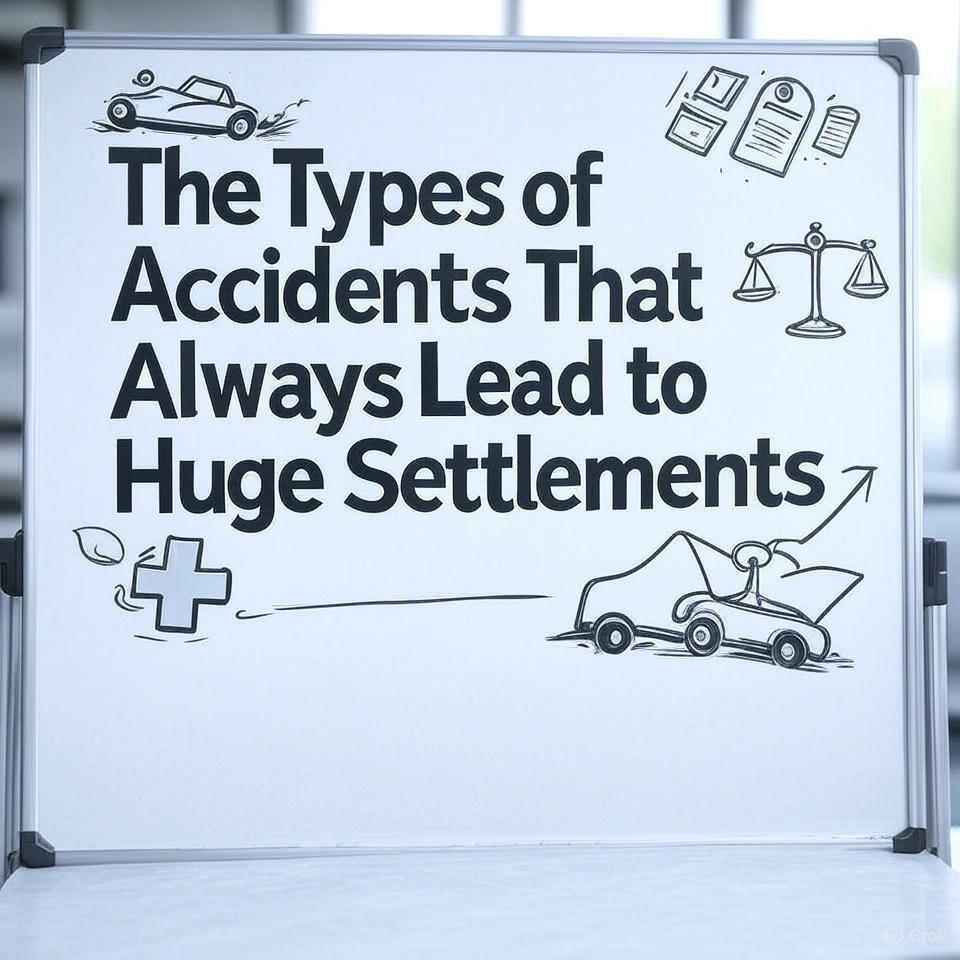Construction projects often get delayed due to unexpected environmental risks. And soil and asbestos contamination are major culprits. Overlooking these risks often results in expensive remediation efforts and project setbacks. It also creates health hazards for site workers and nearby communities. In this article, you will learn about the importance of asbestos management plans and soil risk assessments.
The Hidden Risks Lurking Underground
Here are the hidden risks of asbestos contamination.
Asbestos in Older Buildings & Sites
Every year, around 4000 Australians meet their demise from asbestos-induced diseases. Yet, it is a common building material; you may find asbestos in older buildings. It is present particularly in buildings that were constructed before the 1990s. So, asbestos can be found in various materials of older buildings, from roofing and floor tiles to cement and insulation.
It is always recommended not to disturb the materials during renovation or demolition, as harmful asbestos fibres get released into the air. The fibres can increase the risk of certain cancers and are thus a major health risk. Therefore, it is not only important but also a legal requirement to perform asbestos audits before commencing work in old buildings.
Contaminated or Unstable Soil Conditions
You will often find unstable or contaminated soil in brownfield or abandoned industrial sites. However, construction on such sites can be risky. Unstable soil poses a risk to structural integrity. And there will also be issues with groundwater quality in sites with contaminated soil.
Sites with contaminated soil also pose health risks to workers. They risk exposure to hydrocarbons, heavy metals, PFAS, and other pollutants. Unstable clay also creates safety issues for workers. Moreover, contaminants can leach into groundwater, and the same water can be ingested or inhaled by workers.
How Can These Hazards Derail Your Timeline?
You have already learned about the different hazards from asbestos and contaminated soil. Now let’s understand how these hazards can delay development projects.
| Cause | Impact on Project |
| Discovering asbestos in the middle of the project phases | Construction work has to be stopped immediately. And you have to arrange a mandatory remediation. |
| Lack of soil testing and assessment | Structural redesign will be needed based on soil health assessment results. Foundations and structures have to be designed as per the soil’s capacity to support weight. So, further approvals will also be delayed. |
| Non-compliance with environmental regulations | You will be facing small fines to heavy penalties, depending on the nature of the non-compliance. The permits granted to you may also be revoked. In extreme cases, your entire project might be shut down. |
| Unforeseen expenses in the clean-up work | Your project may run out of budget, and you may face the need to extend the timeline to get more work done with existing work resources. There can also be delays due to the need for re-tendering. |
Table 1: How Site Hazards Cause Project Delays
The Types of Pre-Project Testing
Here are the types of pre-project testing you will come across.
Asbestos Surveys
Asbestos surveys are done for the identification of asbestos-containing materials in buildings. The surveys are designed to spot asbestos contamination in hidden areas like floors, walls, and ceilings as well. The surveys are meant to protect workers and the general public from exposure to asbestos fibres.
It is also a legal requirement in Australia to conduct asbestos surveys for commercial buildings erected before 1990. The surveys will help you develop strong asbestos management plans. The results of the survey will guide the creation of plans for safe demolition and refurbishment. The results will also inform you on the right removal method and protective equipment.
Soil Investigations (Phases 1 & 2)
Phase 1 and Phase 2 soil testing is done for assessing environmental and geological conditions. This includes checking for geotechnical risks, soil stability, and potential contaminations. Phase 1 involves desk studies and observing the site to collect data. Phase 2 is about intrusive investigations, which involve drilling, sampling, and testing. It is done to understand solid and groundwater conditions.
Soil investigations will help you spot and respond to potential contamination and geotechnical risks. So, you can detect pollutants like hydrocarbons and heavy metals. And you can also identify the potential of unstable soil or groundwater. As a result, you can optimize the project’s design and construction plans.
Regulatory & Legal Obligations
Building owners and employers must identify, assess, and control asbestos hazards. This is mandatory under the state and national occupational safety legislation of Australia. Environmental legislation also requires assessing and remedying contaminated land if it poses a risk to human and environmental health.
Non-compliance with the rules for asbestos and soil contamination can lead to significant fines. It can also lead to criminal convictions and imprisonment. You may also be ordered by the authorities to perform remediation of contaminated soil or asbestos-contaminated materials. Moreover, your construction work can also be stopped till investigations are run and remediation is done.
Ready For Asbestos & Soil Assessment?
Ignoring asbestos contamination and soil health risks can lead to project delays and derailment. It can also result in budget overruns. And it will also make you non-compliant with the law. However, proper asbestos surveys and soil testing can protect your timeline, budget, as well as reputation.
Remember that prevention is less expensive than remediation. And it is also better to spend on spotting and fixing contamination issues rather than being prosecuted and penalised. So get your soil testing done and asbestos management plans ready.





